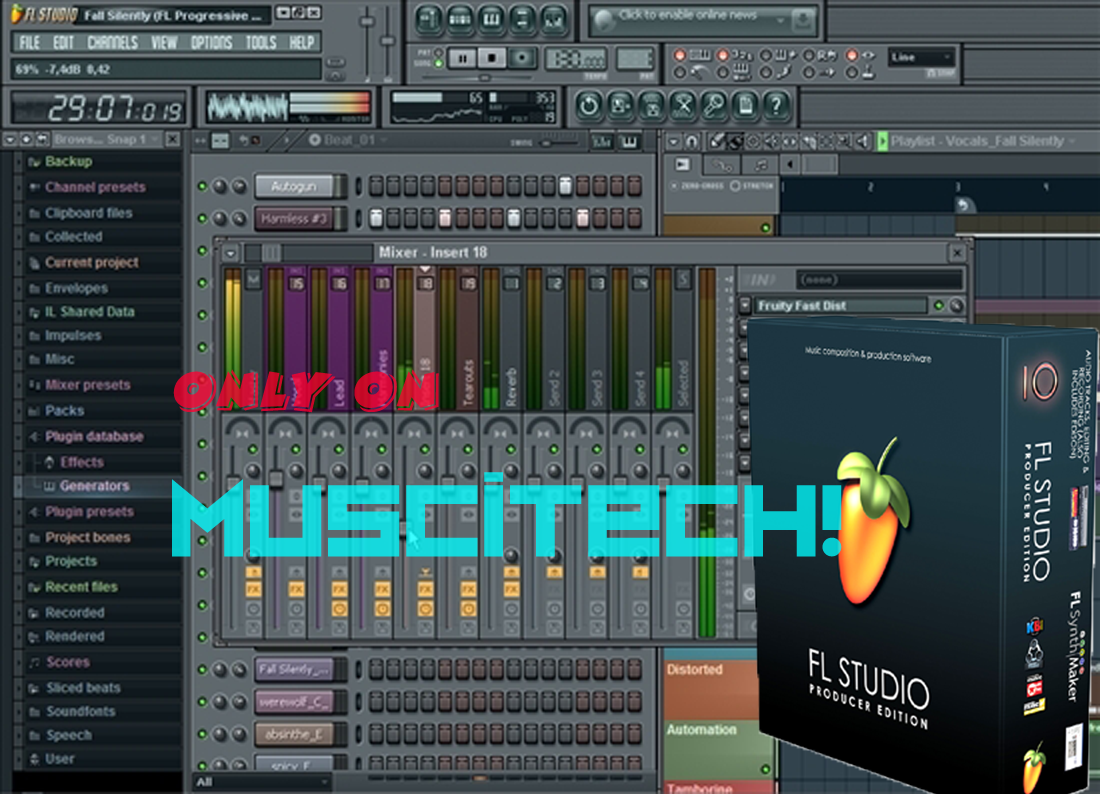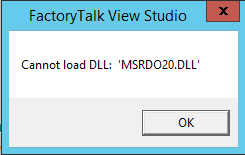

VST3 addresses this limitation by allowing plugins to be dynamically adapted to however many inputs or outputs are needed. This again would lead to the wastage of resources. Multi-output instruments usually took up a large number of channels even if not all of them were being used. Separate versions of plugins had to be implemented for stereo and surround sound processing. Traditional VST instruments featured a fixed number of inputs and outputs.

This makes VST3 more resource-efficient and potentially increases the number of plugins you can use in a project without overloading your system. This means that CPU resources aren’t wasted during silences, unlike VST2 which would keep processing active regardless of whether there is any actual audio signal at that point in time. VST3 is designed so that it only performs processing when there is an audio signal present. Some of the most useful improvements in VST3 are as follows: 1. But with Steinberg officially stopping support and licensing of VST2 now, many developers are now including VST3 versions of their plugins or providing exclusively VST3 versions like for Celemony’s Melodyne 5. Plugin developers and users have been reluctant to completely phase out VST2 because it has worked well so far and didn’t really have an urgent need to be replaced. Differences Between VST2 and VST3 (New VST3 Additions) It will likely be a long transition until we’re exclusively using VST3. However, VST2 is certainly not obsolete just yet. VST3 is the way forward, and while we will still be seeing a lot of VST 2 for the time being, Steinberg have officially stopped supporting VST2. if the VST3 version is causing issues or is buggy). If you have plugins that come in both VST2 and VST3 versions, it’s recommended to use the VST3 version unless you have a reason not to (e.g. Differences Between VST2 and VST3 (New VST3 Additions).VST2 or VST3 – Which One Should You Use?.


 0 kommentar(er)
0 kommentar(er)
